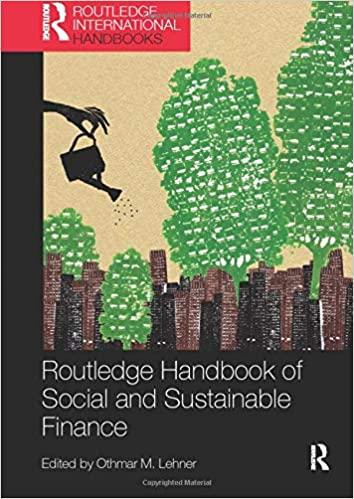Question
Expected returns Stocks X and Y have the following probability distributions of expected future returns: Probability X Y 0.2 -12% -23% 0.2 5 0 0.3
Expected returns
Stocks X and Y have the following probability distributions of expected future returns:
| Probability | X | Y |
| 0.2 | -12% | -23% |
| 0.2 | 5 | 0 |
| 0.3 | 10 | 22 |
| 0.2 | 23 | 25 |
| 0.1 | 34 | 47 |
1. Calculate the expected rate of return, rY, for Stock Y (rX = 9.60%.) Round your answer to two decimal places. %
2. Calculate the standard deviation of expected returns, X, for Stock X (Y = 21.45%.) Round your answer to two decimal places. %
3. Now calculate the coefficient of variation for Stock Y. Round your answer to two decimal places.
4. Is it possible that most investors might regard Stock Y as being less risky than Stock X? CHOOSE ONE.
If Stock Y is more highly correlated with the market than X, then it might have the same beta as Stock X, and hence be just as risky in a portfolio sense.
If Stock Y is less highly correlated with the market than X, then it might have a lower beta than Stock X, and hence be less risky in a portfolio sense.
If Stock Y is less highly correlated with the market than X, then it might have a higher beta than Stock X, and hence be more risky in a portfolio sense.
If Stock Y is more highly correlated with the market than X, then it might have a higher beta than Stock X, and hence be less risky in a portfolio sense.
If Stock Y is more highly correlated with the market than X, then it might have a lower beta than Stock X, and hence be less risky in a portfolio sense.
ANSWER FULLY
Step by Step Solution
There are 3 Steps involved in it
Step: 1

Get Instant Access to Expert-Tailored Solutions
See step-by-step solutions with expert insights and AI powered tools for academic success
Step: 2

Step: 3

Ace Your Homework with AI
Get the answers you need in no time with our AI-driven, step-by-step assistance
Get Started


